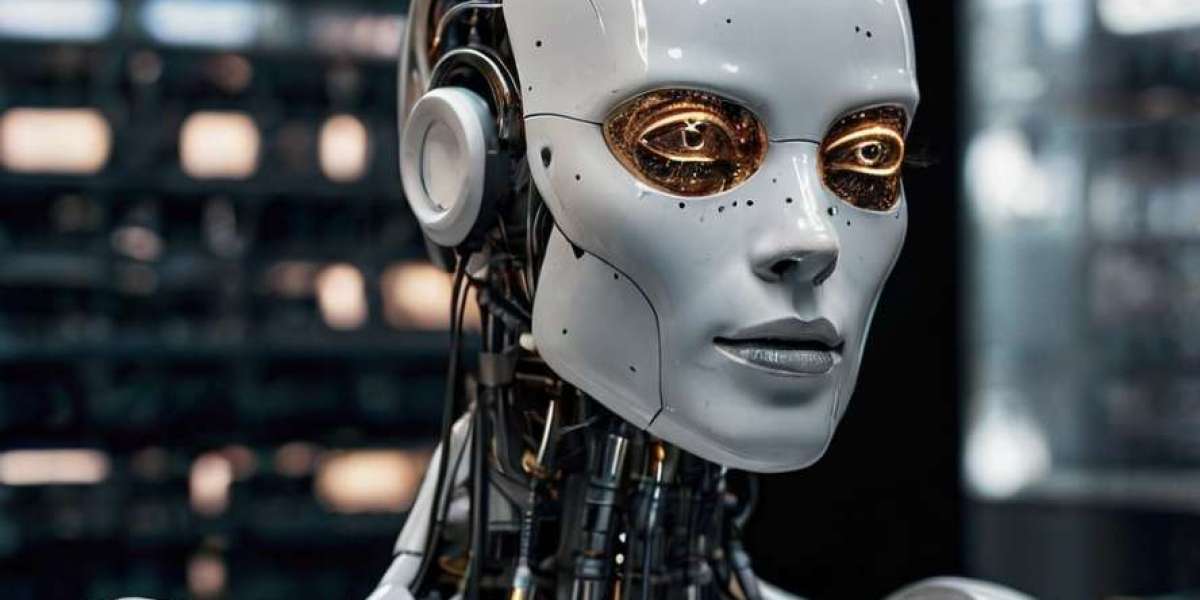What is Generative AI?
Generative AI refers to artificial intelligence systems designed to produce new content, from text and images to music and video. Unlike traditional AI that analyzes data to make predictions or classifications, generative AI can create entirely new outputs mimicking existing data patterns. The most common types of generative models include Generative Adversarial Networks (GANs), Variational Autoencoders (VAEs), and Transformer models, all of which play crucial roles in this burgeoning field.
How Does Generative AI Work?
Generative AI relies on complex algorithms and vast computational resources to generate content. The two most prevalent models used in generative AI applications are GANs and Transformers:
1. Generative Adversarial Networks (GANs)
Developed by Ian Goodfellow and his collaborators in 2014, GANs consist of two neural networks—a generator and a discriminator—that work against each other.
- Generator: This network generates new input data (i.e., generates images, videos, or audio based on learned features). It starts with random noise and gradually learns to create more realistic outputs.
- Discriminator: This network assesses the generated content against actual data, determining whether the input it receives is real or generated. It provides feedback to the generator, allowing it to refine its output.
The result is a robust training process where the generator improves its outputs until the discriminator can no longer distinguish between real and generated data.
2. Transformer Models
Transformers, which gained prominence with the advent of models like OpenAI's GPT-3, work on the principle of attention mechanisms. They focus on understanding the relationships in a dataset, particularly in textual data. A transformer model analyzes the context and semantics of clauses or phrases, allowing it to generate coherent and contextually relevant text based on its training data.
The transformer architecture has led to major breakthroughs in natural language processing, enabling machines to perform complex tasks such as translation, summarization, and conversation generation.
Applications of Generative AI
Generative AI finds applications across numerous fields, blending creativity with technology:
1. Content Creation
In journalism, blogging, and social media, generative AI tools like OpenAI's GPT-3 can produce articles, posts, and even automated reports based on specific prompts. This streamlining of content production can save time and increase information dissemination.
2. Art and Design
Artists and designers are increasingly using generative AI to brainstorm ideas, create artwork, and even develop product designs. Tools like DeepArt and DALL-E allow artists to explore new styles, generate patterns, and collaborate with AI in their creative processes.
3. Music Composition
AI models, such as OpenAI's MuseNet and Google's Magenta, can compose music in various styles, offering innovative solutions for musicians seeking inspiration or collaboration. These tools analyze existing music patterns and styles, producing new compositions that blend different genres.
4. Gaming
In the gaming industry, generative AI can create rich, dynamic environments and generate storylines based on players' actions. This capability enhances user experiences, leading to more immersive and personalized gameplay.
5. Virtual Worlds and Simulations
Generative AI is instrumental in creating realistic virtual environments for training simulations or virtual reality experiences. It allows the rapid generation of complex scenarios that can enhance learning and engagement.
6. Drug Discovery
In the pharmaceutical sector, generative models can help design new molecules for drug development, significantly speeding up the traditional process of clinical trials and research.
Ethical Considerations
Despite its potential benefits, generative AI raises numerous ethical concerns, particularly around authenticity, misinformation, privacy, and ownership:
1. Deepfakes and Misinformation
Generative AI tools can create hyper-realistic images, videos, and audio that may be used to mislead individuals or the public. This manipulation raises concerns about trust in digital media, where differentiating between real and fake content becomes increasingly challenging.
2. Intellectual Property
The question of ownership arises when generative AI produces content. Who holds the rights to content generated by AI? The original creators of the training data, the AI developer, or the user of the AI? Legal frameworks are yet to adequately address these complexities.
3. Bias and Representation
Generative AI models learn from the data they are trained on. If the dataset is biased or lacks diversity, the output may perpetuate these biases, leading to unfair or inaccurate representations in generated content.
4. Privacy Concerns
Some generative models may inadvertently learn sensitive information if trained on personal data, raising concerns about privacy violations in their outputs. Ensuring that AI systems respect users' privacy and data rights is paramount.
5. Job Displacement
As generative AI automates content creation and other tasks, there is ongoing debate about its impact on jobs. While it is likely that some roles will evolve, leading to new opportunities, the transition may pose challenges for those whose skills are displaced by automation.
The Future of Generative AI
As technology continues to evolve, the landscape of generative AI is expected to change dramatically. We can anticipate several trends that may shape its future:
1. Enhanced Creativity
Generative AI will likely become more integrated into artistic and creative fields, serving as a partner for human creators rather than a replacement. This collaboration may lead to hybrid forms of art that blend human creativity and machine efficiency.
2. Improved Personalization
As generative AI systems grow more sophisticated, personalized content creation could become the norm. Companies may utilize generative AI to tailor marketing messages, recommendations, and user experiences based on individual preferences and behaviors.
3. Continuous Learning
Future generative AI systems may incorporate continuous learning capabilities, allowing them to adapt in real time to changing data and user needs. This evolution could lead to more relevant and timely outputs.
4. Democratization of Creativity
With the accessibility of generative AI tools, creativity could become democratized, enabling anyone—regardless of skill level—to produce high-quality content. This shift may usher in a new era of creativity where diverse voices and perspectives can thrive.
5. Regulatory Measures
As generative AI becomes more prevalent, governments and organizations may introduce regulations to address ethical challenges, ensuring accountability and transparency in the use of AI technologies.
Conclusion
Generative AI represents a seismic shift in how we approach creativity, communication, and innovation. Its ability to generate content across various domains has opened new avenues for exploration and expression. However, as we embrace this powerful technology, we must remain vigilant about the ethical considerations and potential repercussions associated with it. By fostering a collaborative relationship between human creativity and generative AI, we can harness its capabilities while navigating the challenges it presents. The future of generative AI holds great promise, but it requires careful stewardship to ensure it benefits society as a whole.









